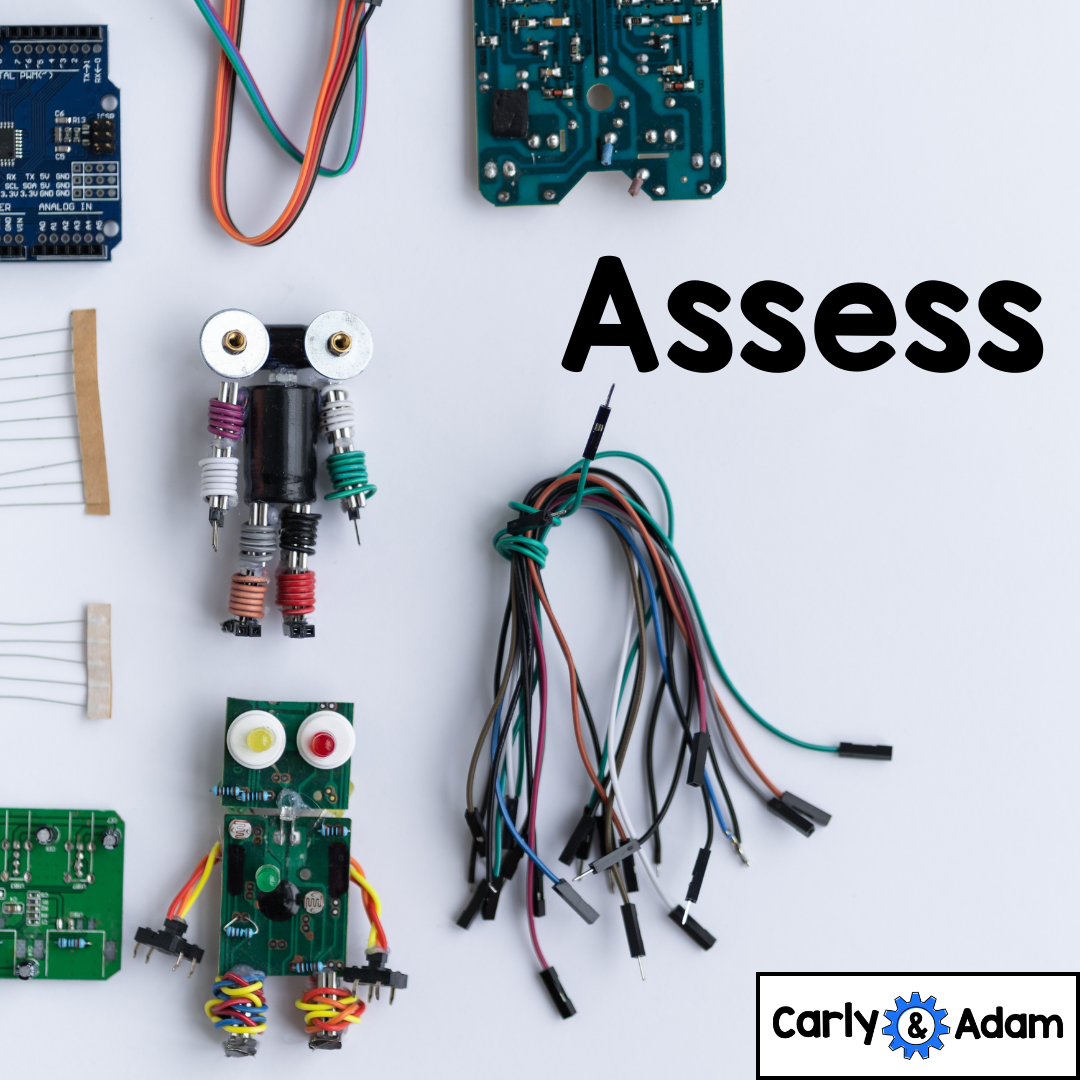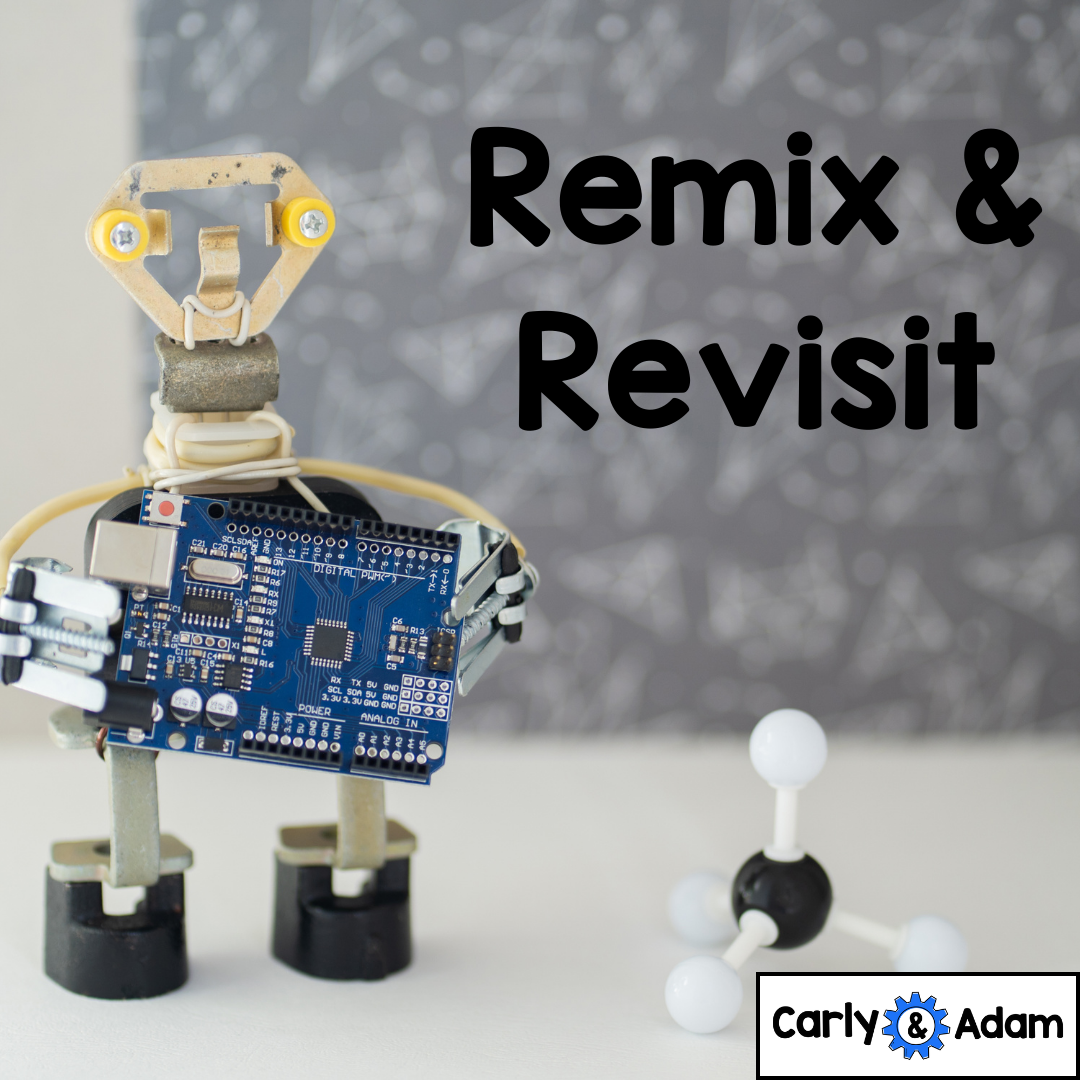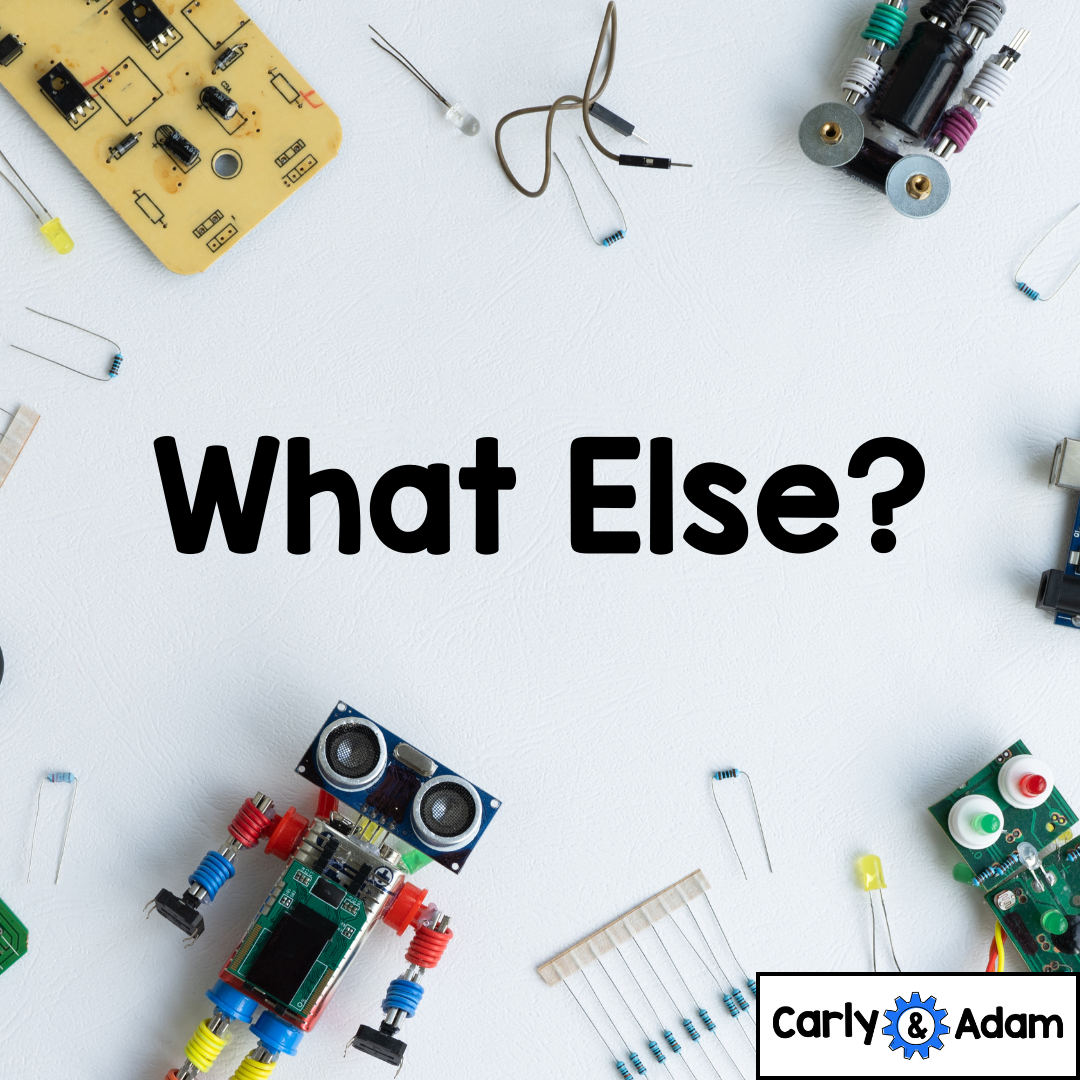The STEM Challenge is Over, Now What?
The following is a guest post from Dr. Jacie Maslyk.
You’ve created a plan for a successful STEM challenge, gathered your materials, and presented the challenge to your students. They’ve worked hard and come up with creative solutions. The challenge is over. Now, what do we do?
There are different ways to culminate a STEM challenge. This post will share some ideas for wrapping up a challenge, celebrating the STEM learning, and options for next steps.
One talented teaching team that I worked with always had great ideas for culminating their units of study. When students worked in writing and reciting poetry, they planned a day called “poetry coffee house” where they dimmed the lights, drank tea and hot chocolate from their favorite mugs, and shared snaps for the poets as they presented their creative writing on a makeshift stage.
They brought creativity to their STEM lessons in an annual building and design challenge that put students' knowledge of measurement, structures, and scale to the test and ended with a formal presentation to a panel of “experts”. The project required students to redesign a backyard space to include specific dimensions and features. The panel included members of the school community who worked as construction managers, interior designers, and civil engineers.
These represent some creative examples for what to do once your STEM challenge is complete, but there are lots of simple ideas that can culminate learning in your classroom.
Reflect
Whether students are working on a collaborative engineering challenge or a science experiment with a partner, reflecting on their learning is important. Reflection can be written or oral, brief or lengthy.
Students can reflect on the learning process or effectiveness of their final product. They can also reflect on their ability to persevere through a challenging task or the way that worked well with a team.
Reflection can be a direct question (How many design iterations did you create? Explain one reason why your earliest designs were not effective?) or students can respond and reflect on any aspect of the challenge. Reflections can be written in a STEM notebook or as an exit ticket. They can be captured in video, using FlipGrid or another digital tool.
Reflection can also be a shared experience, like a group conversation at the end of class. Just as real designers, engineers, and scientists discuss their work, your students can, too! Shared reflection and group discussion can also support the social emotional development of our students by building both their self awareness as well as their social awareness.
Share
In STEM classrooms, we are often pressed for time. How can you cram a quality, hands-on lesson in 30 or 40 minutes and still have time to reflect and share? When students are actively engaged in designing and testing their models, we don’t always get time to share successes (and the all-important failures).
Sharing time in the STEM space can be formal or informal.
You might plan a culminating gallery walk where everyone’s work is posted or placed around the room. Like in a museum or art gallery, students move around the room, observing and analyzing each piece. They might even jot down some positive feedback on a post-it note and share it with the designers.
Sharing can also be more formal as individual designers or teams get up to present their work. They might explain their design choices or provide a demonstration of what they’ve created. Audience members can provide a “glow”, positive feedback on something that they see or hear. They might also provide a “grow”, something constructive that can help the designer or design team to improve their work.
Assess
At times, you may choose to assess students after a STEM challenge. Using rubrics or checklists can be used after a challenge is completed. Assessment is not always needed,this will depend on your instructional goals and the expectations you have set for the challenge.
Perhaps your students have worked extensively on weight and measurement and the challenge will determine whether they can use what they have learned and apply it in context.
You will want to assess if students were able to calculate things properly and use their knowledge to improve their design. Taking anecdotal notes, interviewing students after the challenge, or having students complete an exit ticket or even Boom Cards.
Whether reflecting, sharing, or assessing (or doing all three), be sure to include time in your plans for these components. This part of the learning is often when the A-Ha’s happen, both for you and for the students.
Remix and Revisit
Maybe the challenge isn’t really over. Add a new twist and revisit the same project. Maybe teams have to swap projects and add another component to the original task. Maybe students need to improve their existing design for a new purpose.
Perhaps, you created bridges that now need to be turned into towers. Remember those rockets you designed and launched yesterday? Now turn them into something that can float. Rethinking building materials and design purpose can be a good way to get students thinking flexibly about their work.
What Else?
Ok, your STEM challenge is finished. You’ve done a gallery walk or shared the projects in a school-wide showcase. Now, what do you do with all those projects? You might want to keep one of two examples as exemplars to share with other groups of students or as something you’d like to share with your principal (if you are required to keep a portfolio of student work examples for evaluation purposes).
Maybe you’ve done a big cardboard engineering project. What happens to all of those creations? Students can take them home--which may not please parents. I love when students do rock-paper-scissors to see who gets to take the group project home with them!
Another option is to let students know that once the projects are complete that the plan is to recycle and reuse materials. Perhaps you can agree to photograph or take a video of all of the projects, but then everything needs to be disassembled so that the materials can be used by other students. (Sometimes breaking down their projects is hard for students, so be sure you communicate these expectations ahead of time.)
Whether you decide to use a STEM rubric, reflect on a group project, or plan a STEM celebration, there are so many ideas to culminate STEM challenges in the classroom. Sharing ideas and talking about the learning with students are great ways to build a growth mindset and develop student thinking and content knowledge in STEM.
Have more questions or need additional resources?
Download our Free STEM challenges from our Free STEM Resource Library.
Join our Free Facebook Group.
For more STEM ideas, inspiration, and collaboration with other STEM teachers be sure to join our FREE Facebook group Elementary STEM Teachers with Carly and Adam!
We hope you have found this blog post helpful. To stay connected with Carly and Adam's teaching tips and classroom freebies be sure to follow us on Facebook, Pinterest, Teachers Pay Teachers, and subscribe to our blog!
An educator for the last 23 years, Dr. Jacie Maslyk, has served as a classroom teacher, reading specialist, elementary principal, and assistant superintendent. She is the author of STEAM Makers: Fostering Creativity and Innovation in the Elementary Classroom, Connect to Lead: Power Up Your Learning Network to Move Your School Forward (ISTE), Remaking Literacy: Innovative Instructional Strategies for Maker Learning and Unlock Creativity: Opening a World of Imagination With Your Students. You can read more on her blog, Creativity in the Making, at www.jaciemaslyk.blogspot.com. Connect with Jacie on Twitter @DrJacieMaslyk or email her at jaciemaslyk@gmail.com .
“Whatever it is, the way you tell your story online can make all the difference.”







